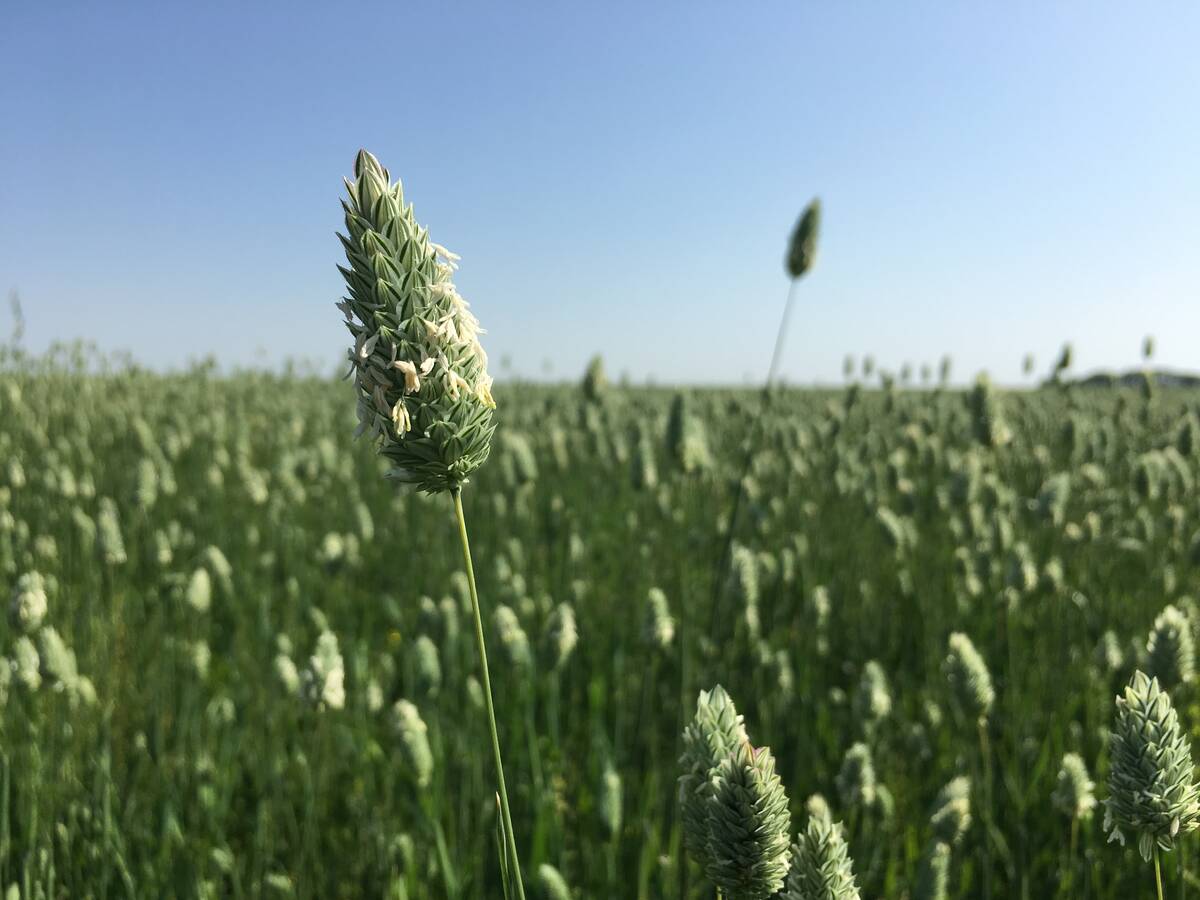Cash rent is the talk of the Prairies this spring.
“There’s a lot of landlord-tenant negotiations going on,” said Ralph Howes, an agriculture management specialist with Saskatchewan Agriculture, who added that a large portion of the inquiries to his office at the Ag Knowledge Centre are about rent.
“This year is the first year in a long time when it looks like there is going to be a profit position. They ask, ‘how much do I increase it when prices have spiked up like this?'”
Read Also

No special crop fireworks expected
farmers should not expect fireworks in the special crops market due to ample supplies.
Competition for farmland is intense, especially for the best land.
Most Saskatchewan landlords are taking a conservative approach, tacking $5 to $10 per acre onto last year’s rates of $15 to $60 per acre and plan to review the price next year.
Howes advises callers to wait and see how commodity markets turn out this year.
“What spikes up usually spikes down fairly quickly,” he said.
Cash rents vary widely depending on soil conditions.
Owners of brown soil land in Alberta, which had recently rented for $35 per acre, are now asking for a $10 increase, said Dale Robinson, a business management specialist with Alberta Agriculture.
Owners of black soil land, which rented for $50 to $65 per acre last year, are asking for $75 to $85 per acre this year.
“We’ve heard coffee shop reports of even $100 as an asking price,” Robinson said.
“It’s not confirmed, but it shows that some see it as an opportunity to get a bigger piece of the pie.”
Peter Blawat of Manitoba Agriculture said the best grain land in the Portage la Prairie area this year is fetching $120 to $125 per acre, a price normally reserved for potato acres.
Typically, cash rents equal roughly five percent of the cost of buying the land outright, said Bill Brown of the University of Saskatchewan’s agricultural economics department.
A study done in the mid-1990s showed that since 1912, the value of farmland directly correlated to the price of wheat in the previous year.
“Since then, we’ve diversified a significant amount. It may now be more of a combination of crops and profits,” he said.
“But for most of those years, the farmer put the seed in the ground and got a crop, more or less. Input costs for 60 of the 80 or so years was very little. Now of course, we are in a very different model.”
The real determining factor behind land values, and consequently cash rents, now seems to be profit margins from the preceding year.
Brown said with commodity prices higher, despite the massive bite of higher across-the-board input costs, competition for rented acres this year is brisk, and landlords seeking bids from renters are well aware of the situation.
With Farm Credit Canada reporting that farmland values across the country are up 11 percent on average this year, cash rents in most cases have risen accordingly.
“People are more optimistic for the first time in a long time,” Brown said. “So prices are being bid up.”
Apart from occasional Statistics Canada surveys, real statistics on land rents are almost impossible to find, he added, so coffee row anecdotes are the only information available.
Compounding the difficulty is the weather, which may influence the level of competition among local farmers and drive prices up or down wildly from one area to another, even from month to month as conditions change.
“For instance, the southeast (of Saskatchewan) was very dry until last week. Rents there were negotiated in March or April. I expect that they wouldn’t have gone up as much because it was so dry,” he said.
“Now they’ve got a rain, so away they go, maybe.”














